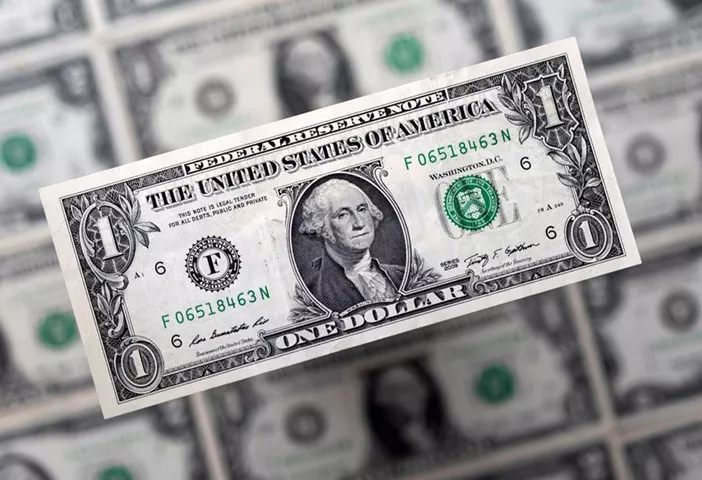The U.S. dollar wavered on Thursday after a week filled with shifting market sentiment. Relief over a temporary pause in U.S.-China tariffs quickly gave way to renewed uncertainty as investors began to question the long-term direction of global trade deals. Meanwhile, the South Korean won stabilized after a period of unusual volatility, reflecting wider concerns about possible changes in U.S. currency policy.
A Week of Swings for the Dollar
The dollar experienced a choppy week in global currency markets. Initially buoyed by news of a 90-day pause in U.S.-China tariffs, investor optimism soon cooled. Traders grew cautious amid unclear details about future trade agreements.
Though the dollar gained ground against major currencies like the euro, British pound, and Japanese yen, it weakened against many emerging market currencies. Market analysts point to investor doubts about U.S. trade policy and a possible shift toward a weaker dollar as key drivers behind the dollar’s inconsistent performance.
Spotlight on the South Korean Won
The South Korean won was particularly volatile this week. News broke that U.S. and South Korean officials met last week to discuss the won/dollar exchange rate. This sparked speculation about currency manipulation or broader policy shifts.
However, a Bloomberg report eased some of those fears. It stated that the U.S. is not seeking a weaker dollar as part of its trade negotiations. Despite the calming effect, many investors remain cautious. They worry that future policy changes could still aim to lower the dollar’s value in order to boost U.S. exports.
Kieran Williams, head of Asia FX at InTouch Capital Markets, commented on the situation:
“Reports of currency discussions between the U.S. and South Korea, coupled with signs the Trump administration may tolerate a weaker dollar, have fuelled won sentiment. However, broader uncertainty around the domestic outlook and trade tensions could temper the won’s upside in the near term.”
On Thursday, the won traded at 1,410.70 per dollar, holding on to a 0.6% gain from the previous session.
Echoes from Taiwan
The market’s reaction to the South Korean currency echoed a similar incident in early May, when Taiwan’s currency surged unexpectedly over two days. That spike occurred just after U.S.-Taiwan trade talks ended in Washington. The coincidence led to speculation that Taiwan had agreed to accept a stronger currency in return for favorable trade terms.
This pattern has made investors extra sensitive to any signs that currency policy is being used as a bargaining chip in trade talks—especially in negotiations involving the United States.
Dollar Index Remains Stable
The dollar index, which tracks the greenback against six major currencies, held steady at 101 on Thursday. If this trend continues, the index could mark its fourth consecutive week of gains.
However, not all major currencies moved the same way. The Japanese yen strengthened slightly to 146.48 per dollar, though it remained near a recent low of 148.65. The Mexican peso hovered at 19.38 per dollar, close to a seven-month high it reached earlier in the week.
Looking Ahead: Retail Data and Trade Clarity
Investors are now turning their attention to upcoming U.S. retail sales data, hoping it will offer more clues about the health of the American economy. They are also waiting for further details on pending trade deals, especially after the temporary easing of U.S.-China tensions.
The brief pause in tariffs was announced on Monday, creating a short-lived rally in global markets. But analysts warn that the underlying issues between the two countries remain unresolved.
Kristina Clifton, an economist at the Commonwealth Bank of Australia, said:
“We consider there is more upside to the dollar in the near term as market participants reassess the outlook for the U.S. and global economies following the temporary U.S.-China trade deal. The USD index could lift by another 2%-3% in the next few weeks. We expect the euro, pound, and yen to bear the brunt of the dollar’s recovery.”
Summary
In summary, while the dollar held firm in some areas this week, growing uncertainty around U.S. trade strategy and currency negotiations has created a complex picture. Investors are wary, especially after recent volatility in Asian currencies and speculation about behind-the-scenes currency talks. With more economic data and trade updates expected soon, markets are likely to remain sensitive to any new developments.
Related topics:


